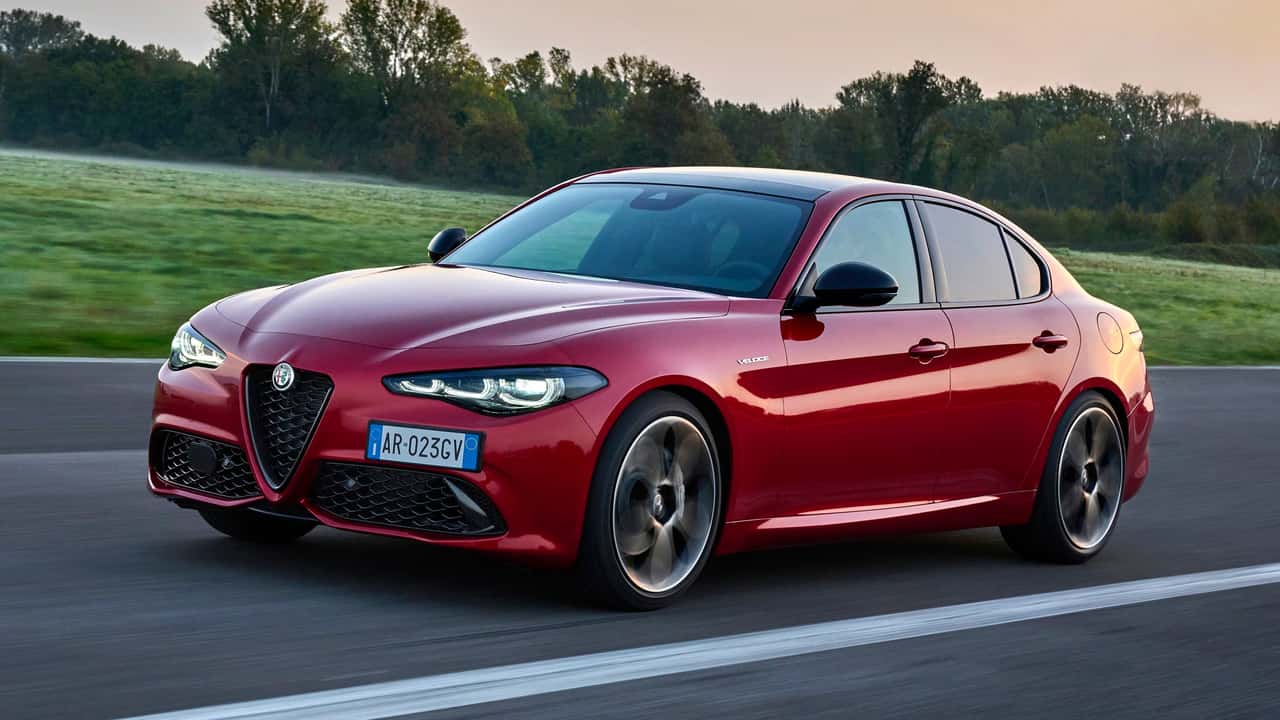Alfa Romeo has announced an extension of production for its Giulia sedan and Stelvio SUV until 2027, reversing earlier plans for the models to be phased out this year. Both vehicles, which are manufactured at the Cassino plant in Italy, have garnered mixed opinions over their decade-long presence in the market. While some critics suggest the models have become outdated, others assert that they have aged gracefully, much like fine wine.
The decision comes as the automaker reassesses its strategy for the future of these vehicles. Initially, the second-generation Giulia and Stelvio were expected to transition to an all-electric lineup by 2027, aligning with Stellantis’ broader commitment to electrification. However, the slower-than-anticipated adoption of electric vehicles (EVs) has prompted a reevaluation of this approach.
Strategic Shift in Production Plans
The extension of the Giulia and Stelvio’s production is partly due to the need for more time to adapt the new STLA Large platform for internal combustion engines. Alfa Romeo has confirmed that its future models will not be exclusively electric, allowing for a continued presence of gas engines in the successors to these popular vehicles. The change reflects a broader trend across the automotive industry, where many manufacturers are reconsidering their timelines for EV implementation.
This announcement was made by CEO Santo Ficili during the presentation of the updated Tonale model. The Giulia and Stelvio ride on the Giorgio platform, which was developed through a significant investment of €1 billion by the former FCA Group, under the late Sergio Marchionne.
While details about their successors remain under wraps, speculation suggests that the next-generation models may feature the twin-turbo inline-six “Hurricane” engine from the Dodge Charger. Additionally, Alfa Romeo has hinted at the potential use of Maserati’s V-6 engine for the high-performance Quadrifoglio variants.
Market Context and Future Prospects
The Giulia and Stelvio are not the only older models within the Stellantis lineup. The Fiat Panda has been in production since 2011, and the Dodge Durango, launched in 2010, is not scheduled for replacement until 2029. This longevity indicates a strategic balancing act as automakers navigate evolving consumer preferences and regulatory pressures.
As the automotive landscape continues to shift, Alfa Romeo’s decision to extend the life of the Giulia and Stelvio provides a window for the brand to refine its approach to electrification while maintaining its commitment to performance. The upcoming years will be critical as the company works to adapt to the rapidly changing market conditions.
